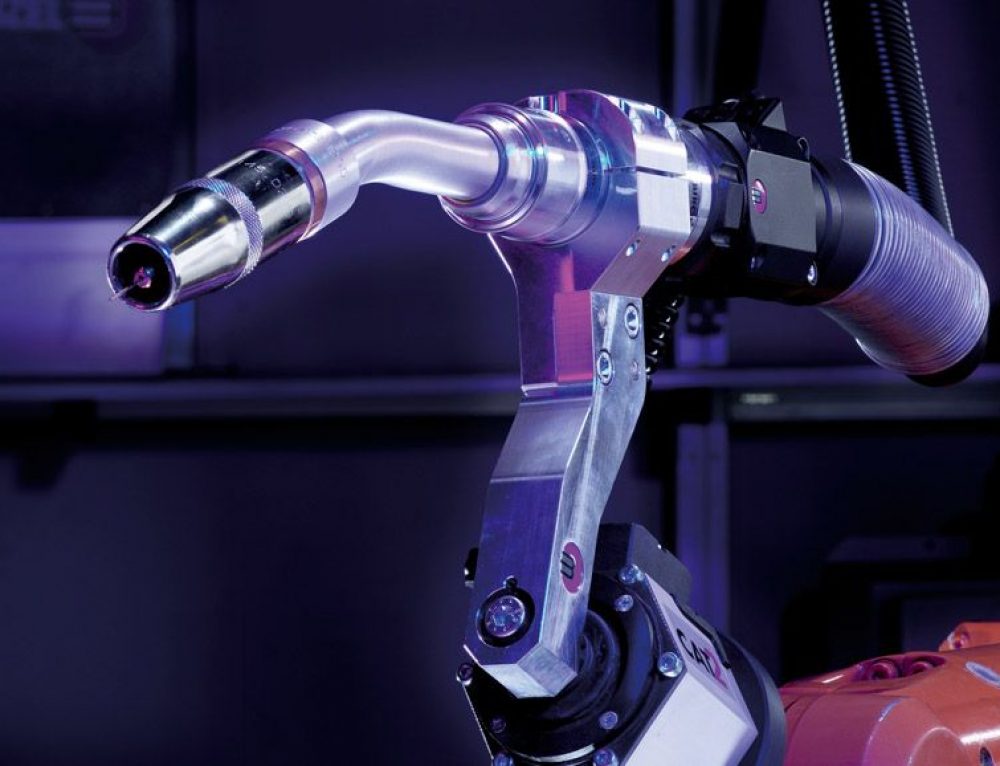“Nobody will ever have to choose between what their heart tells them to do and what their bank account tells them to do,” said Jeffrey Klein, New York State Senate’s Independent Democratic caucus leader, after passing the minimum wage budget measure last month.
As New York state now looks toward a $15 minimum wage for all workers by 2019, California has approved its own $15 minimum wage plan set to go into full effect by 2022.
“This plan raises the minimum wage in a careful and responsible way and provides some flexibility if economic and budgetary conditions change,” said California Governor Jerry Brown in a recent interview.
While many people are excited about the news of a minimum wage increase in these two states, what exactly does this mean for the hospitality industry?
Minimum Wage & Its Effect On Everything
In a recent survey by Nation’s Restaurant News, they found that more than 50% of restaurant operators were concerned with finding quality talent while 27% were worried about minimum wage increases. With the improving economy, shouldn’t these worries be alleviated?
Shake Shack CEO Randy Garutti thinks so: “We believe paying the team well will drive more sales. It will help us attract and retain people and help leaders advance their careers.”
Seattle and San Francisco have already paved the way by increasing minimum wage in their cities last year. Initial research into those areas though has found that these changes have somewhat negatively affected restaurant staffing there. While a lower percentage of new hires compared with the rest of the state may not be a huge deal breaker, consider these concerns:
- As employee wages increase, how much does menu pricing have to change in order to make up the difference? (For smaller restaurants and chains that rely on more affordably priced menus, this could be a big problem.)
- With higher-paid staff and already low margins to work with, does that mean restaurants will have to work short-handed or possibly cut hours of operation in order to break even?
- With an increased minimum wage, what happens to staff who previously relied on performance-based tips?
- And for those restaurants whose wait staff received tips as a way of gauging their quality of service, does that mean the quality of service may now possibly decline?
There are those who believe that the above concerns are valid reasons the hospitality industry should be exempt. Then there are those who believe there’ll be many positives that come from the above changes. With customer service, food quality, and restaurant staffing so closely tied to one another, any slight change could potentially cause the entire relationship to collapse, so it’ll be important for restaurants to tread lightly.
It’ll also be important for restaurant operators to maintain a set of tools and processes that ensure consistency and quality within the restaurant, even in the face of major staffing, pricing, or wage changes. As with any smart business management plan, it’s about striking the right balance and maintaining the stability and reliability of the background structure while you prepare for the coming changes.






